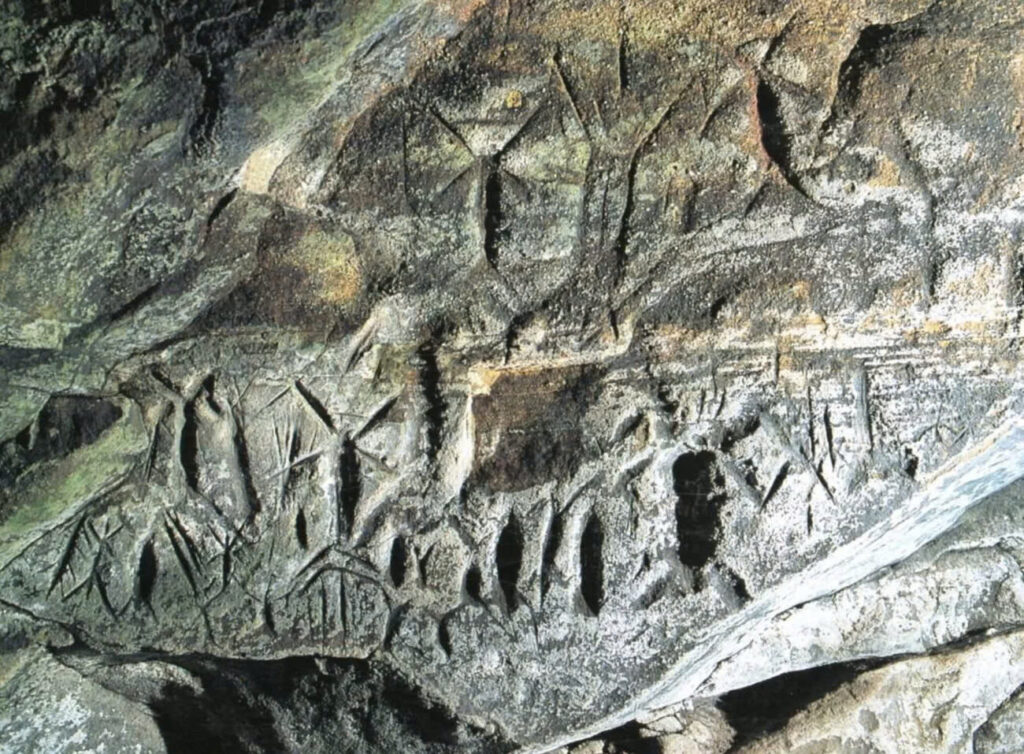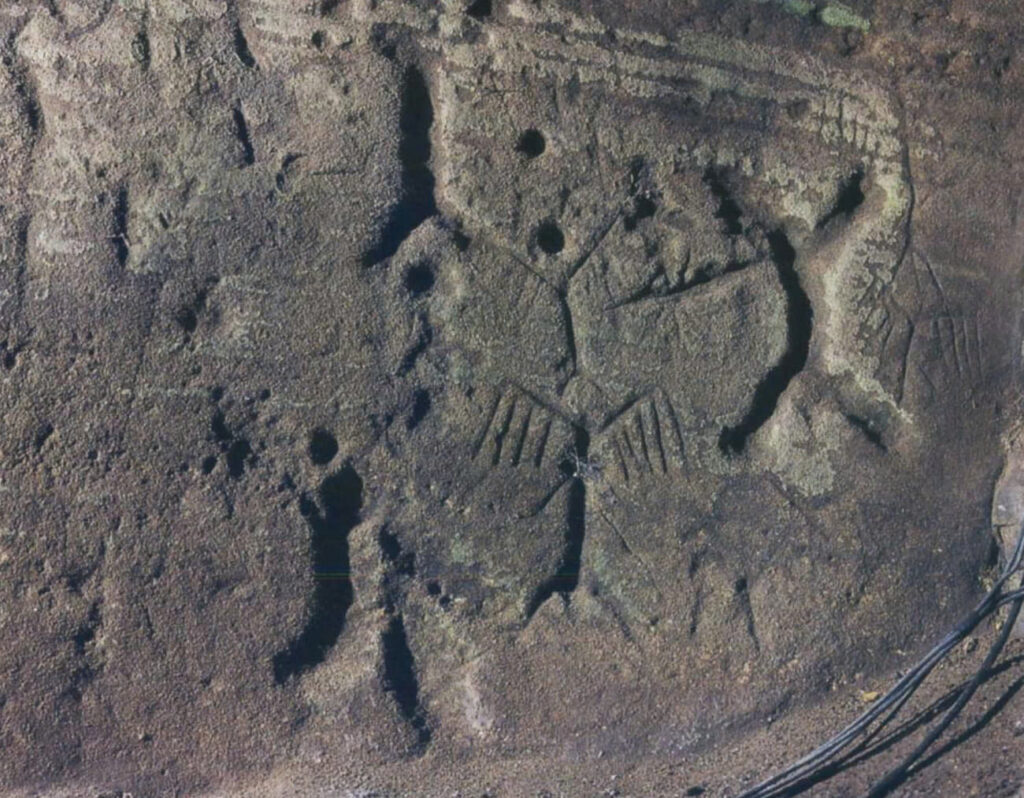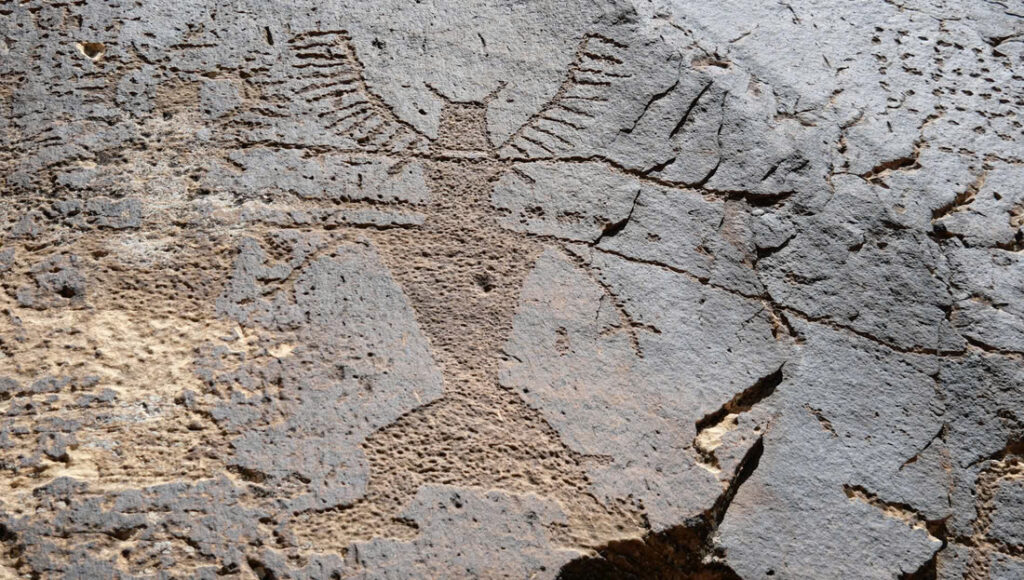In the silent whispers of stone and rock, ancient cultures have left behind a mysterious, recurring symbol that transcends geographical boundaries: winged human figures. These enigmatic petroglyphs, discovered in distant lands from Japan to Utah to Azerbaijan, tell a story far more complex than mere artistic expression.
Unveiling the Winged Messengers
The Spiritual Landscapes of Ancient Civilizations

Imagine a world where humans yearned to touch the divine, to transcend earthly limitations through art and symbolism. This is the world captured in the petroglyphs scattered across three continents, each telling a fragment of a larger, interconnected narrative.
Japan’s Fugoppe Cave: Spiritual Whispers of the Jōmon Period

In the depths of Fugoppe Cave, dating back 7,000 years, anthropomorphic figures with wings emerge from stone canvases. These are not just carvings, but windows into the Jōmon period’s profound spiritual landscape. Here, winged beings symbolize more than mere artistic fancy—they represent humanity’s primordial dream of flight, of connecting with realms beyond the physical.
Utah’s Nine Mile Canyon: A Celestial Gallery

Dubbed the “world’s longest art gallery,” Nine Mile Canyon in Utah hosts rock art that speaks of spiritual dimensions. Created between 950–1250 AD by the Fremont and Ute cultures, these winged figures are celestial ambassadors, bridging earthly existence with divine realms. Each carving is a testament to indigenous cosmology, where wings represent transcendence and spiritual connection.
Azerbaijan’s Gobustan: Crossroads of Ancient Symbolism

At Gobustan, a UNESCO World Heritage site, petroglyphs as old as 10,000 years reveal winged human forms. Located near ancient trade routes, this landscape might have been a cultural crucible where artistic and symbolic ideas were exchanged. These figures, potentially linked to shamanistic practices, blur the lines between human and supernatural.
The Profound Questions Behind the Symbols
Two Theories, One Mysterious Narrative
How did such similar symbols emerge across such disparate cultures? Two compelling theories emerge:
- Universal Human Experience: Wings universally symbolize freedom and divine connection. Birds, masters of flight, have long inspired myths of celestial messengers. This suggests these symbols might have independently evolved from a shared human imagination.
- Cultural Diffusion: Alternatively, these similarities could result from ancient interactions—trade routes, migrations, or shared oral traditions facilitating the spread of symbolic motifs.
A Glimpse into Shared Human Consciousness

These petroglyphs challenge our understanding of ancient civilizations as isolated entities. They whisper of a profound, shared human yearning—to understand our place in the cosmos, to imagine powers beyond our immediate comprehension.
Looking Forward: The Path of Discovery
Future research through comparative studies, advanced dating techniques, and archaeological surveys promises to unravel more mysteries. Are these winged figures evidence of early global exchanges, or a testament to the universal creativity of human spirituality?
Conclusion: Echoes Across Time

In these ancient artworks, we find more than historical artifacts. We discover a mirror reflecting humanity’s eternal quest to understand, to transcend, and to connect with something greater than ourselves.

